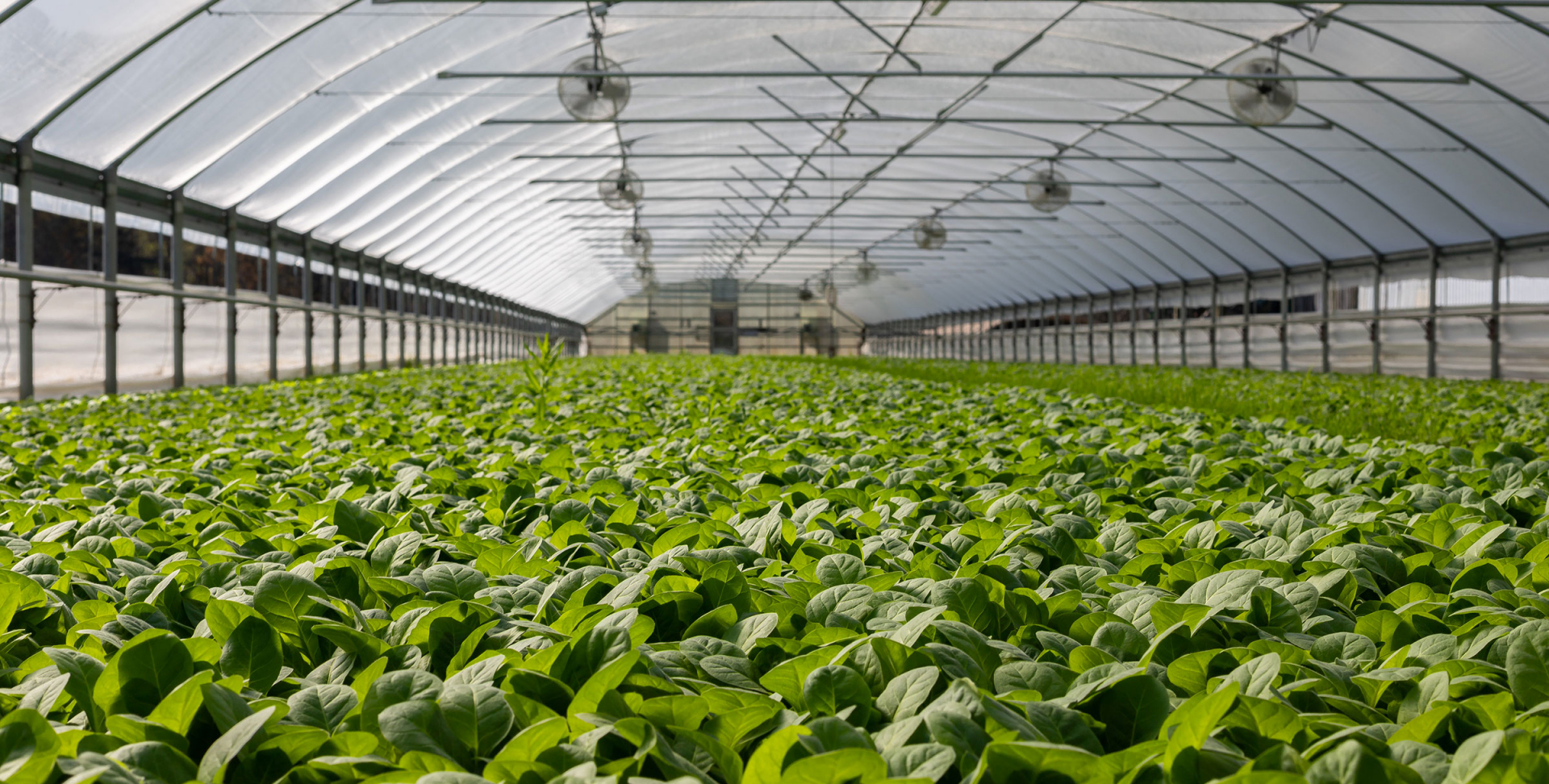Strawberry: how to revitalize exhausted soils
Thanks to prebiotics and probiotics, the vitality of growing substrates is no longer a problem
Repeating cultivation is an increasingly widespread practice, even in strawberry farming. Modern market logic encourages this crop choice which, besides advantages, also presents critical issues related to maintaining the health of the soil.
Can they be avoided? And how? In this article we will thouroughly analyze the problems and possible solutions to avoid losing yield.
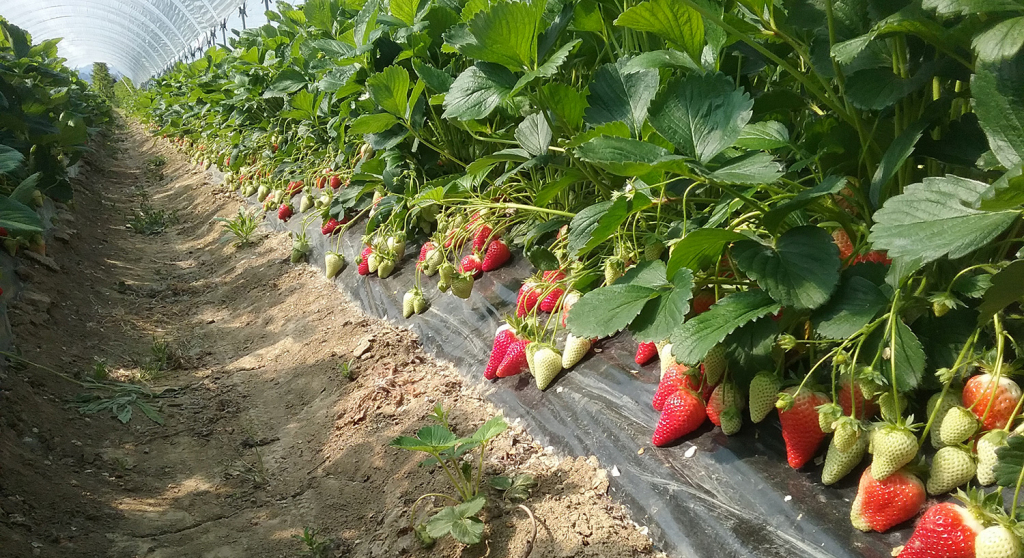
THE WEARINESS OF THE SOIL
Soil weariness is a typical phenomenon of agricultural plots in which repeated plantings of the same crop or of similar species are carried out. On the so-called “tired soils” the plants present development difficulties, root atrophy, ripening delays and, more generally, a significant reduction in production potential. Repeating cultivation causes in fact alterations in the soil-plant system, attributable to one or more of the following elements:
- reduction in the amount of organic matter in the soil;
- deterioration of the soil structure;
- variation of water-nutritional availability;
- obstacle to the development of beneficial microorganisms;
- intensification of the load and virulence of pathogenic bacteria, viruses and fungi;
- increase in the concentration of toxic substances.
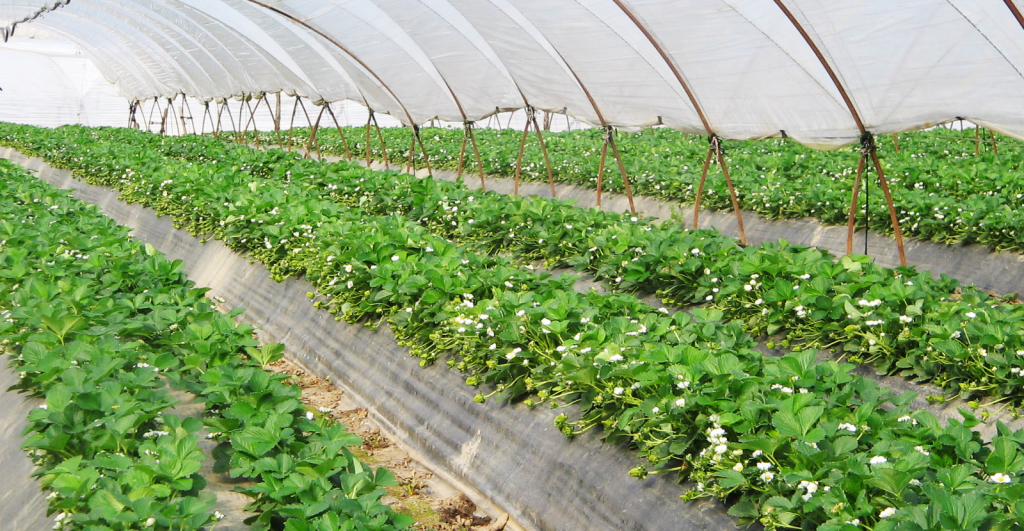
THE “REPLANTING DISEASES”
In soils in which some or all of the aforementioned adverse conditions occur (commonly referred to as replanting disease), strawberry cultivation can become increasingly complicated or even disadvantageous over time. In the presence of these phenomena, in fact, the root system and the vascular tissues of the plant can suffer serious damage or not develop adequately.
The reduction of the water-nutritional flow towards the epigeal organs therefore involves the collapse of the plant and the manifestation of the so-called progressive deterioration of the strawberry. On plants affected by this physiological disorder redness of the leaf edges, wilting and drying of the vegetation are observed, starting from the external leaves up to, in severe cases, complete wilting. Where infections are precocious, poor plant development is observed.
Frequently, the weakest plants are also attacked by particularly aggressive and persistent pathogens such as Verticillium, Rhizoctonia, Fusarium, Phytophthora and nematodes.
REPEATING STRAWBERRY CULTIVATION: THE BIOLOGICAL RISKS
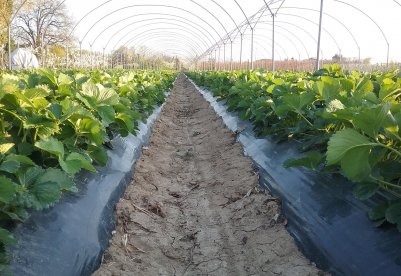
In soils that host strawberry cultivation for several years, one of the main pitfalls is represented by the depletion of the root microbial flora. The mono-crop occupation of the soil, thanks to the frequently performed pest control treatments can lead to a slow process of selection and killing of the microbial population that naturally resides there.
Soil microorganisms perform fundamental functions for the growth of crops, as they are capable of establishing a series of mutually beneficial relationships with plants, defined by the term mutualism.
In exchange for deposits and root exudates, necessary for growth, the microbiome stimulates the development of root capillaries, fertilizes the substrate and creates a favourable root ecosystem, hindering the development of pathogens (competitive exclusion).
REPEATING STRAWBERRY CULTIVATION: CHEMICAL-PHYSICAL OBSTACLES
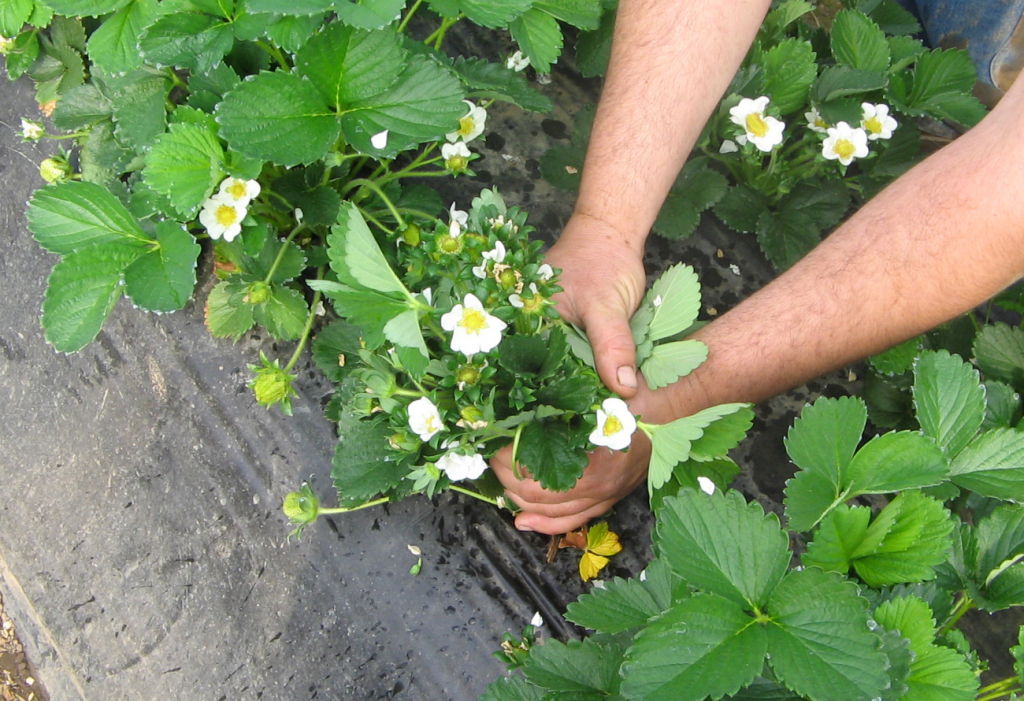
Another aspect to consider is that linked to phytotoxins: the growth metabolism of plants in fact produces toxic waste and exudates, released and accumulated in the soil. In the long run, these substances create hostile conditions for the capillaries of young strawberries replanted in the same soil, whose growth they inhibit.
Finally, increasingly shorter and closer crop cycles, combined with the impossibility of practicing green manure or manuring, do not allow the maintenance of an optimal content of organic matter, which inexorably falls below critical levels. The result is a loss of soil structure and fertility, which reduces the possibilities of water-nutrient exchange and transforms the rhizosphere into an asphyxiated and inhospitable environment both for the roots and for the beneficial microbiome.
HOW TO FIGHT SOIL WEARINESS
To counteract soil weariness, Biolchim has developed an innovative strategy, which is based on the revolutionary use of prebiotics and probiotics in agriculture.
- Prebiotics are mixtures of nutrients that promote the growth of the rhizobiome and associated microorganisms. With their action, they promote the vitality of the soils
- Probiotics are inoculants of beneficial microorganisms, selected for single strains or in consortia, capable of establishing a mutually beneficial relationship with the plant (mutualism). These formulations introduce life into the soil.
VHERA LIFE® and VHERA® are born from the study of the mechanisms that regulate the relationship between microorganisms, plants and soil parasites: the first agronomic inputs with prebiotic and probiotic action.
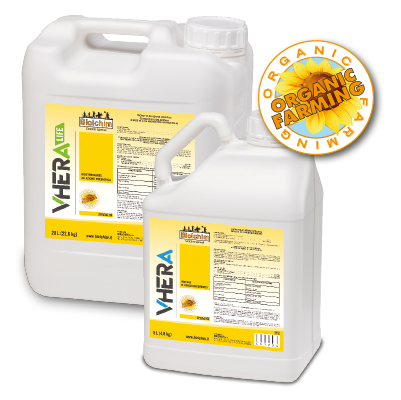
VHERA LIFE®, the prebiotic, is a biostimulant of the roots and soil microbiome. Its formulation rich in terpenes, betaines and nutrients with high biological value, favours the multiplication and industriousness of the beneficial microorganisms of the rhizosphere, simultaneously promoting the development and branching of the root.
VHERA®, the probiotic, is a special formulation based on the inoculation of mycorrhizal fungi and rhizosphere bacteria. By bringing antagonistic fungi and bacteria, including spores of Pochonia chlamydosporia, it repopulates and fortifies the rhizobioma, hindering the activity of telluric parasites and favouring the maintenance of vegetative productive functions even in adverse conditions.
THE STRATEGY FOR STRAWBERRIES IN REPEATING CULTIVATION
In strawberry, Biolchim suggests the use of VHERA LIFE® and VHERA® in fertigation, starting from the post-transplant phase. This first application should be followed up periodically, with particular attention to the early flowering and fruit enlargement phases, which require a high energy expenditure by the plant.
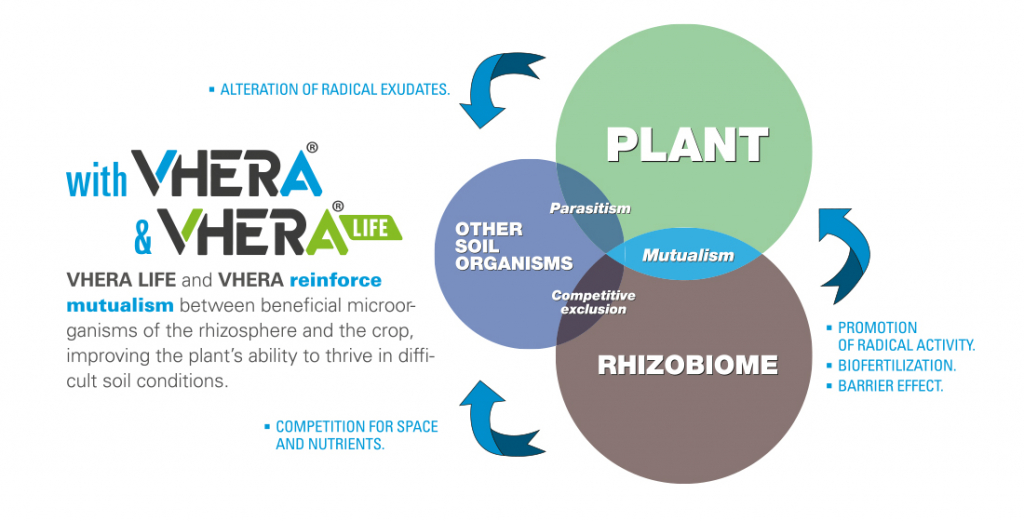
Applied in synergy, VHERA® and VHERA LIFE® improve the development and functionality of the root system, increase the availability of nutrients and increase the plant’s resistance to environmental stress (resilience). They therefore allow to preserve optimal production and quality levels, even on tired, unstructured and/or problematic soils due to the presence of pathogens and/or telluric parasites.
This strategy, also allowed in organic farming, can be fully integrated with chemical interventions for the sanitization of the soils and for the defence of the crop.




